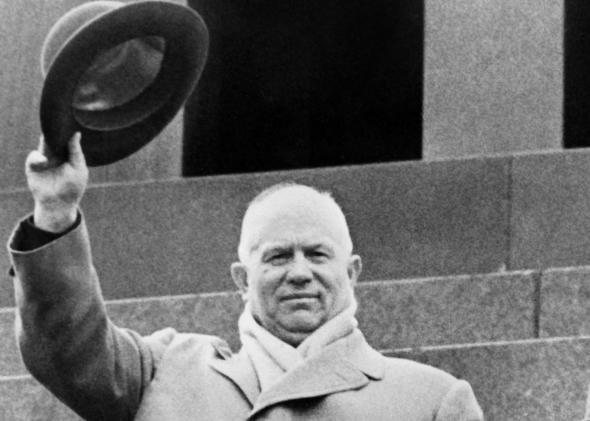It seems as if the center of the action in Ukraine may be shifting from Kiev to Crimea, where ousted President Viktor Yanukovych is believed to be hiding. There’s now widespread speculation that Russia could target the region to stoke secessionist sentiments, or even pave the way for annexation.
Crimea is the only region of Ukraine with a majority ethnic Russian population, and there’s been deep hostility to the pro-EU protesters in the capital. Russia also maintains a naval base in Sevastopol, where Yanukovych may now have taken refuge.
The Russian flag has been raised over city hall in the city. The Russian government has also discussed new legislation to make it easier for Russians in the region to obtain Russian passports, and has begun warning of the need to protect the rights of ethnic Russians amid Ukraine’s chaos—a similar strategy to the one it deployed in the breakaway region of Abkhazia prior to the 2008 war with Georgia.
In light of this situation, it’s worth considering how Crimea became part of Ukraine in the first place. Moscow transferred the peninsula—which is connected to the Ukrainian mainland by a narrow isthmus—to the Ukrainian Soviet Socialist Republic in 1954.
It’s often said that Premier Nikita Khrushchev gave Crimea as a “gift” to his adopted country. Khruschev’s relationship with Ukraine is a complex one: He was an ethnic Russian from a town that is now part of Russia, but he rose through the ranks of the Ukrainian communist party and led the region as head of the the party during the worst years of Stalin’s purges.
The initial reasons for the transfer of Crimea may have had less to do with generosity than demographics. Before World War II, Crimea had been home to at least 300,000 Tatars. Because a number of members of the group collaborated with the occupying Nazis during the war, Stalin had the entire community deported in 1944.
As William Taubman writes in his biography of Khrushchev, that same year, Khrushchev—who had always had an eye on expanding Ukrainian territory—began discussing a plan to replace the deported Tatars with peasants from devastated Ukraine. A decade later, after he had succeeded Stalin in Moscow, he was able to finally accomplish the goal.
The transfer of Crimea was framed as a goodwill gesture to mark the 300th anniversary of Ukraine’s merger with tsarist Russia. The announcement of the merger in Pravda noted “the economic commonalities, territorial closeness, and communication and cultural links,” though as Michigan State historian Lewis Siegelbaum notes, Crimea’s cultural links had always been closer to Russia. At the time, there were about 268,000 Ukrainians and 858,000 ethnic Russians living in the area.
But Khrushchev had evidently had his eye on Crimea for a while, and given what Ukraine had recently been through under Stalin, a propaganda gesture certainly must have seemed advisable.
Both Ukrainians and Russians moved to the area in large numbers in the years since, and the distinction between the two countries wasn’t particularly meaningful until the breakup of the Soviet Union in 1992. Russian President Boris Yeltsin was widely expected to push for Crimea to remain with Russia after independence, but to the dismay of the region’s Russians, he didn’t press the issue during negotiations.
The area does have a significant Tatar population who returned in the 1980s and 1990s—and who have for the most part supported the protesters this month. But as we’ve seen in the past two weeks, support for Russia remains strong.
Khrushchev’s gift has turned out to have far more significance than he could have realized at the time, and may form the basis for the next phase of the Ukrainian crisis.
